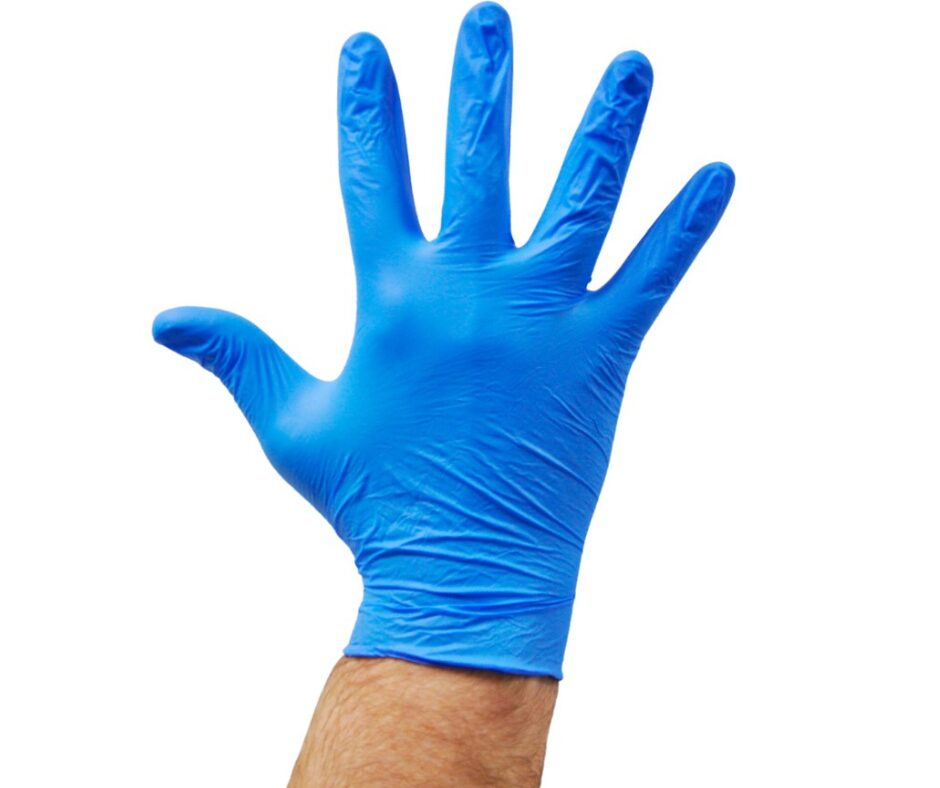David Johnson, an expert in safety, provides guidance on establishing a secure environment when utilising Entropy Resins® Epoxy.
With extensive experience in handling epoxy, I adhere to a few fundamental safety measures, beginning with the use of gloves.
In the past, I opted for inexpensive, disposable latex gloves. However, I’ve since transitioned to blue nitrile gloves. You might wonder, what sets them apart? Blue nitrile gloves are more skin-friendly, they don’t provoke allergies, and their thicker material offers superior protection. Moreover, they’re particularly suitable for epoxy work. The thinness of latex gloves can lead to breakage or leakage during tasks, whereas the enhanced durability of nitrile gloves allows for extended work periods.
Epoxy Safety
I make it a point to don gloves even before touching epoxy. This practice effectively prevents any skin contact at all times. Therefore, it’s advisable to have gloves at hand before you commence mixing, even if you’re using pumps.
Given that epoxy is a liquid, it’s prone to spills. Drawing from my own experiences, I’ve learned to not only shield my hands but also to wear long sleeves or disposable arm covers. If your workshop is maintained at an appropriate temperature, a light long-sleeve shirt should be appropriate. This also serves as a useful temperature check!
Glasses When Working With Epoxy
Recently, I’ve incorporated the use of safety glasses into my routine when mixing, and dispensing epoxy. While it may seem trivial, prioritising your safety is crucial. This practice has seamlessly integrated into my routine and stands as a commendable habit, especially in a world where health, safety, and personal protection carry significant importance.
Therefore, devising a robust personal protection plan is essential when working with epoxy. Not only does it ensure your safety, but it also enhances your professional appearance!




Leave a Reply